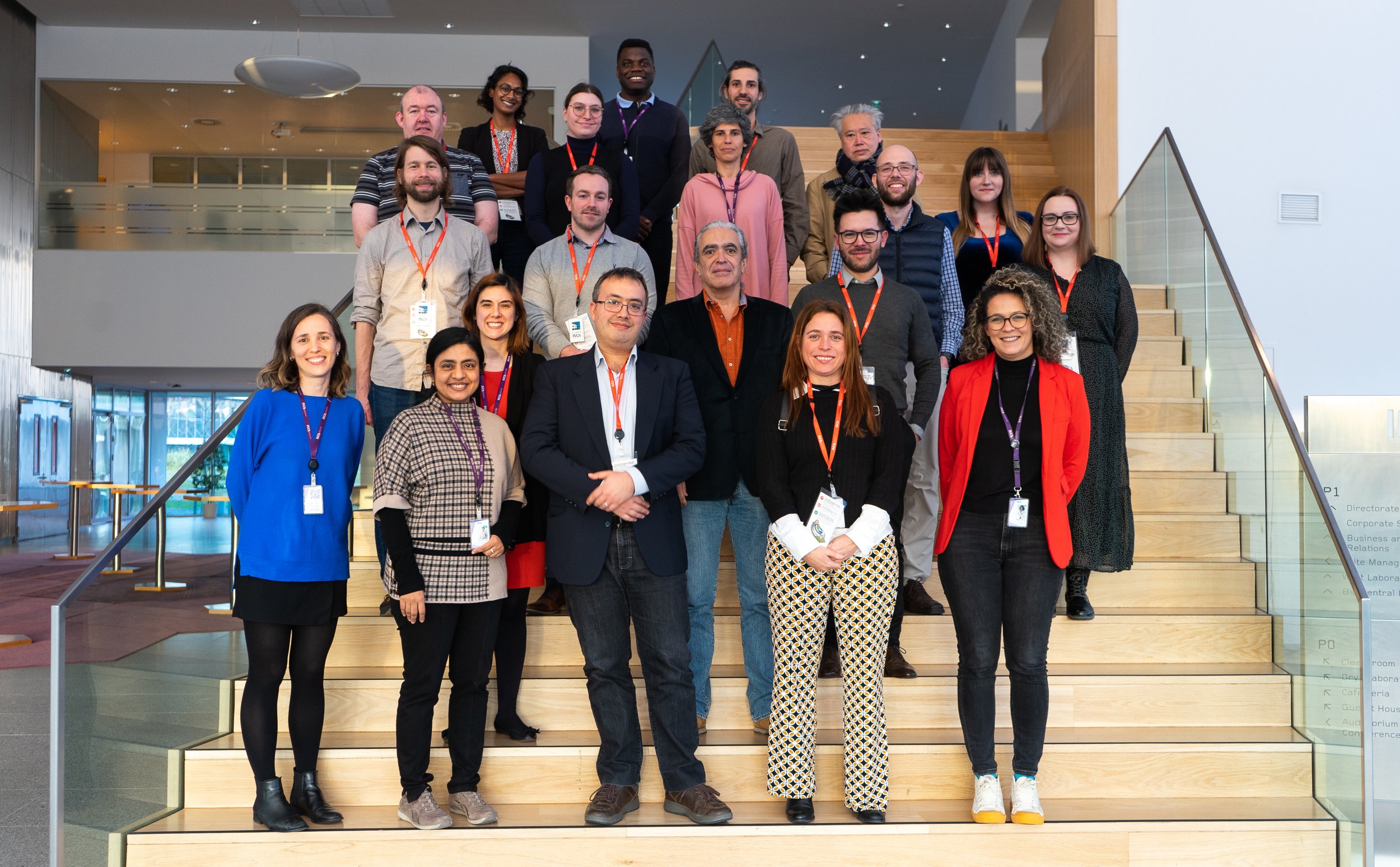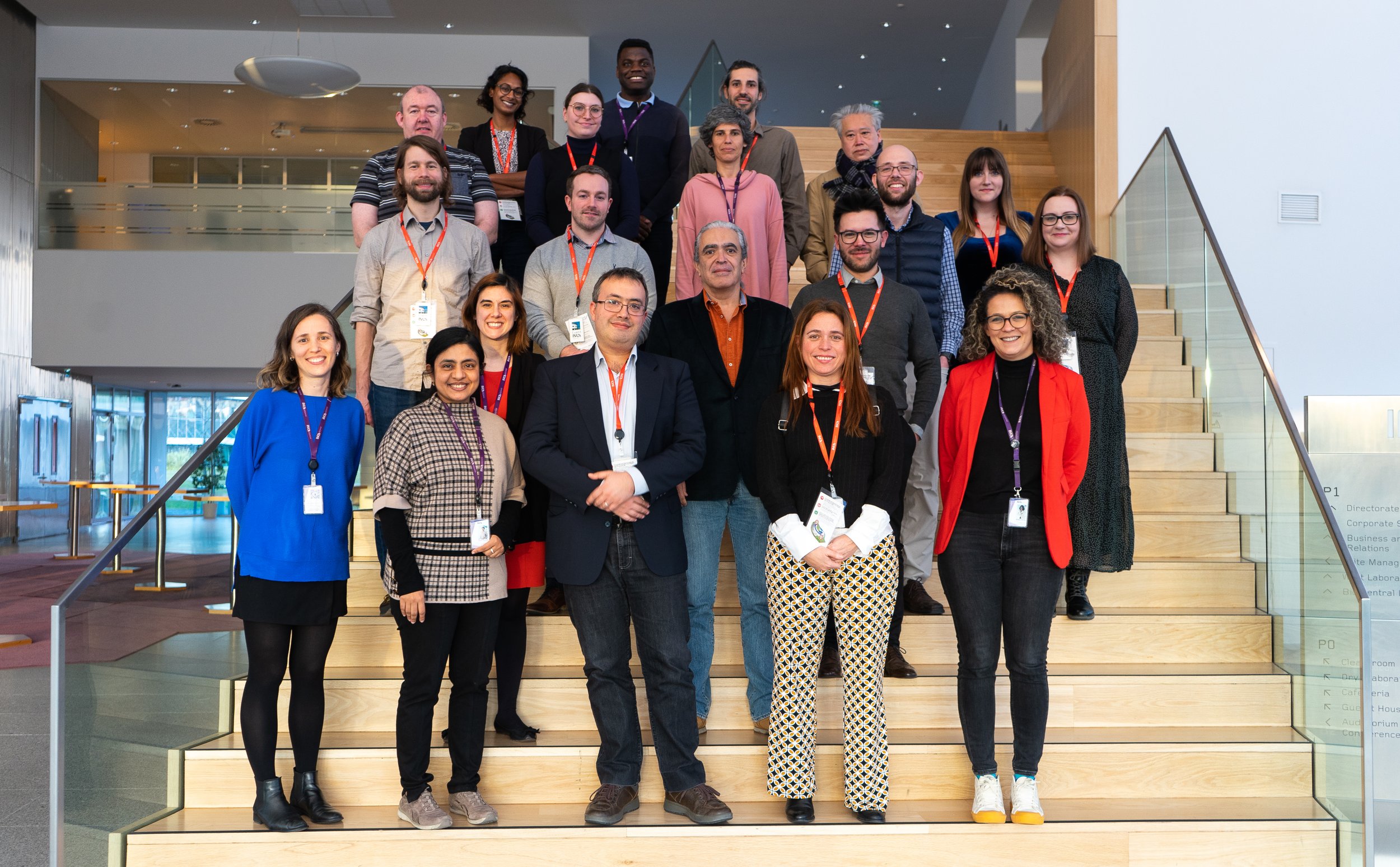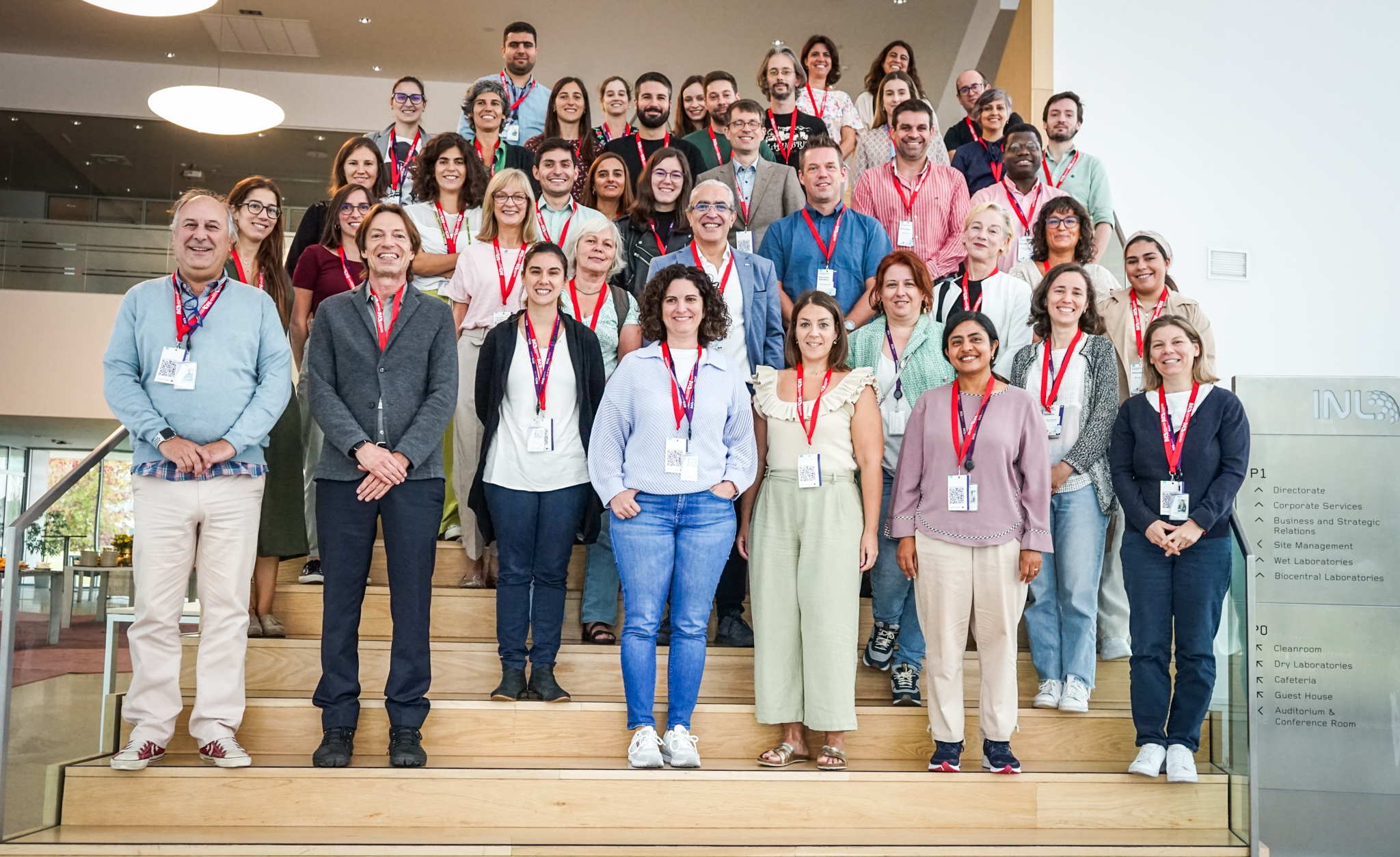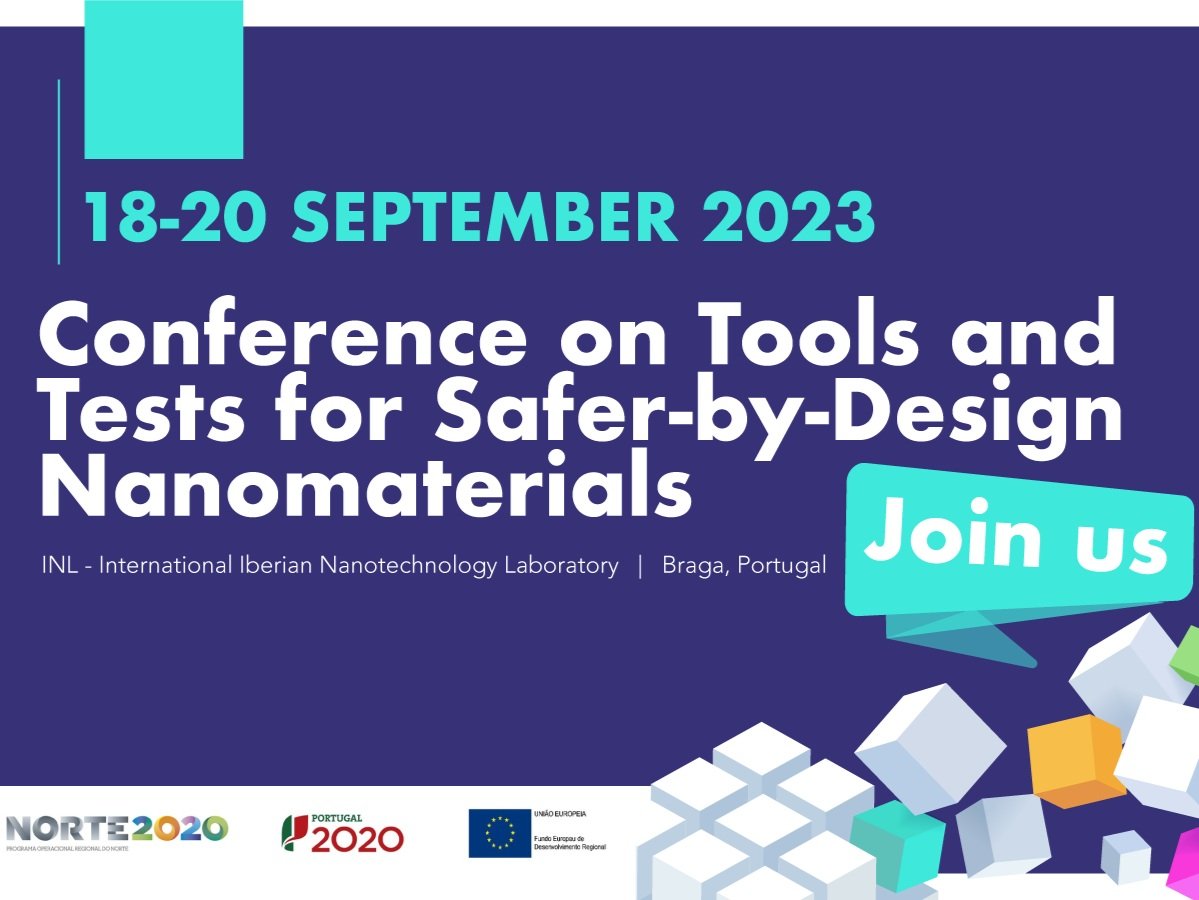
iCare kicks off at INL
February 16, 2023
The iCare project – Integrated assessment and Advanced Characterisation of Neuro-Nanotoxicity – is funded by the European Commission under the HORIZON-CL4-2022-DIGITAL-EMERGING-01 and coordinated by the Nanosafety Research group at INL, kicked off on February 15th-16th.
iCare focuses on assessing the physical-chemistry characteristics of ANMC in complicated matrices and seeks to provide a robust and adaptable collection of sophisticated imaging technologies.
The primary goal will be on an integrated model system to characterise and forecast how nanomaterials may affect brain health to prevent nanomaterial toxicity.
The project offers tools and procedures for assessing changes in the shape, chemical content, and reactivity of nanomaterials available to the industry.
With a focus on high-resolution imaging methodologies, the project makes a variety of techniques and methods for evaluating changes in morphology, chemical composition, and reactivity of nanomaterials when exposed to complex homogenous matrices that mimic environmental and biological exposure available to industry.
To accomplish this, the consortium includes 11 partners from various backgrounds, including RTOs, SMEs, industries, and universities from different EU and non-EU countries, as well as those working in nanotechnology, toxicology, advanced materials, and advanced imaging – INL, Nanotechnology Industries Association (NIA), Fondazione Istituto Italiano di Tecnologia, Temas Solutions GMBH, Gaiker – Centro Tecnológico, University of Sydney, Optics11 BV, Avanzare Innovacion Tecnologica SL, Versarien PLC, Advanced Material Development Limited and Institute of Bioorganic Chemistry, Polish Academy of Sciences. The consortium will establish several initiatives during the 48-month project to accomplish the following goals:
-
Novel imaging procedures that result in new high-resolution approaches and new super-resolution imaging procedures;
-
Creating guidelines for toxicological testing and filling the present gaps in nanotoxicology;
-
Creation of instruments and procedures that bridge the gap between in vitro and in vivo testing;
-
Product and material development efficiency;
-
The provision of reliable data, enhanced data reporting, and, eventually, the creation of standardised, harmonised test procedures for use in regulatory frameworks.



